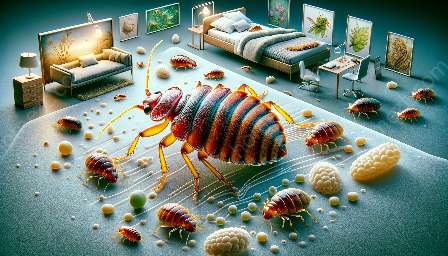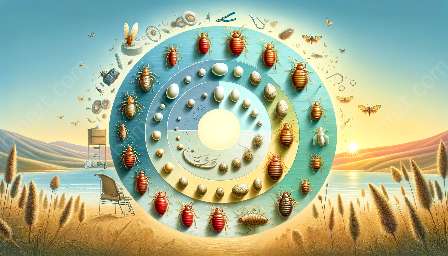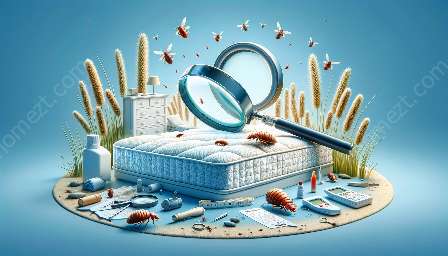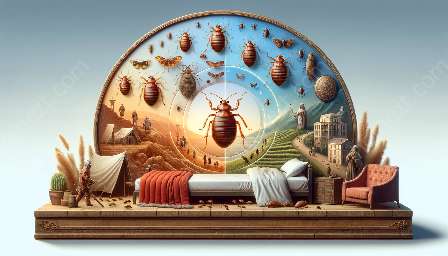Bed bugs are small, elusive insects that have become a major pest problem in recent years. Understanding their biology, behavior, and habits is crucial for effective pest control. By knowing the intricacies of bed bug biology, homeowners and pest control professionals can develop better strategies for prevention and elimination.
The Life Cycle of Bed Bugs
Bed bugs go through a process called incomplete metamorphosis, which consists of three stages: egg, nymph, and adult. The female bed bug lays eggs in cracks and crevices, and these eggs take about 6-10 days to hatch. Once hatched, the bed bug nymphs go through five molting stages before reaching adulthood. The entire life cycle from egg to adult typically takes about 4-5 weeks, but this can vary depending on environmental conditions.
Bed Bug Behavior and Habits
Bed bugs are nocturnal pests, which means they are most active during the night. They are attracted to warmth and carbon dioxide, which are signs of a potential blood meal. Bed bugs are also adept at hiding in cracks and crevices, making them difficult to detect and eliminate. Understanding their hiding spots and feeding patterns is crucial for effective pest control.
Adaptation and Resistance
One of the reasons bed bugs are such successful pests is their ability to adapt and develop resistance to pesticides. Over time, bed bugs have become resistant to many common insecticides, making pest control efforts more challenging. Insecticide resistance is a result of genetic mutations within bed bug populations, highlighting the need for innovative pest control strategies.
Implications for Pest Control
By understanding bed bug biology, pest control professionals can tailor their approaches to be more effective. Integrated pest management (IPM) strategies, which incorporate knowledge of bed bug behavior and biology, are becoming increasingly important for controlling infestations. This holistic approach includes non-chemical methods such as vacuuming, steam treatments, and mattress encasements, alongside targeted insecticide applications.
For homeowners, understanding bed bug biology can aid in early detection and prevention. Knowing the signs of an infestation, such as small blood spots on bedding or itchy welts on the skin, can prompt swift action and early intervention. Additionally, maintaining a clutter-free environment and regularly inspecting for signs of bed bugs can help prevent infestations.
Conclusion
Bed bug biology is a complex and fascinating subject that holds the key to effective pest control. By delving into the nuances of their life cycle, behavior, and adaptation, homeowners and pest control professionals can develop proactive strategies to combat this resilient pest. With a thorough understanding of bed bug biology, effective pest control can become a reality.






















